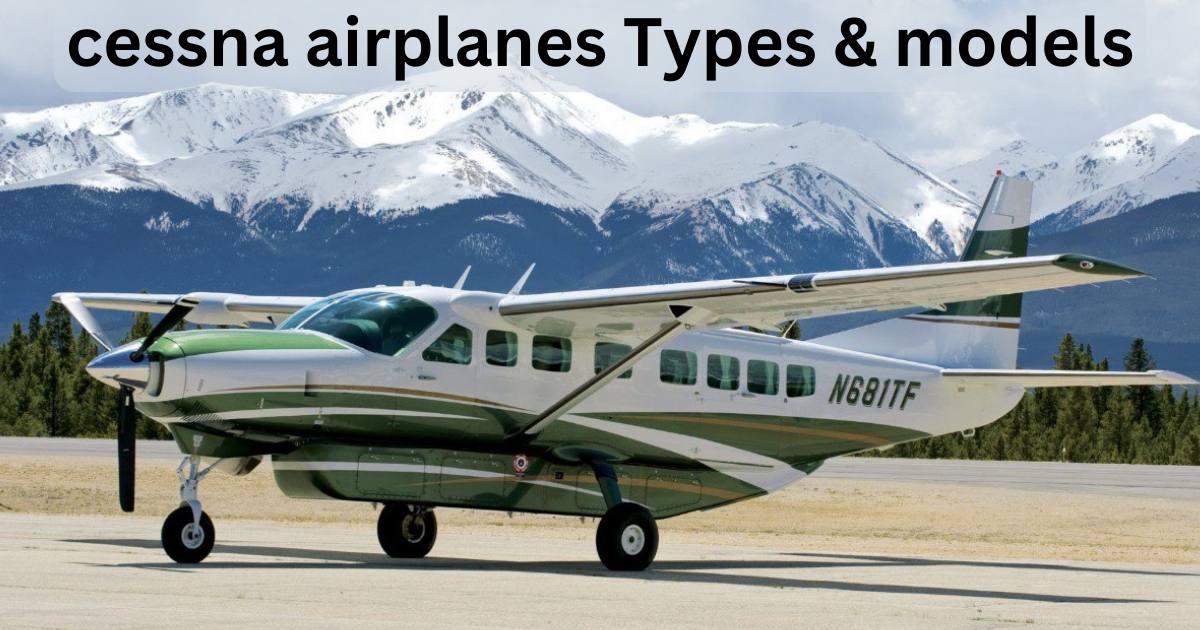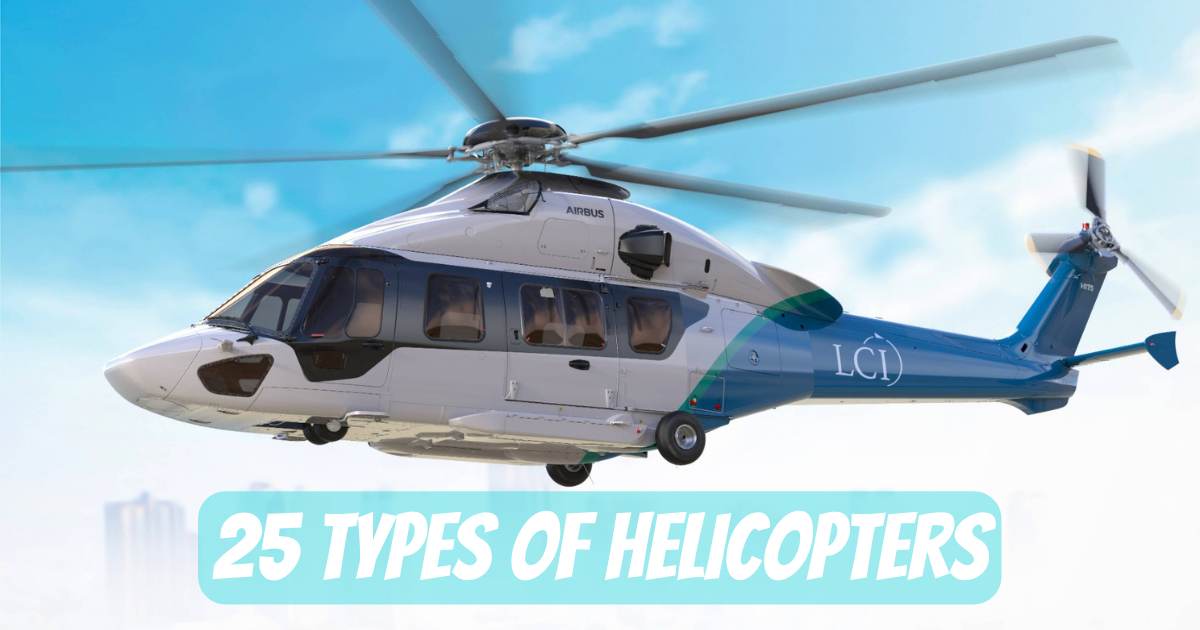
When it comes to the fascinating world of aviation, many types of airplanes take to the skies. Each aircraft type has a specific function, from the enormous commercial jetliners that transport passengers over continents to the quick fighters that protect nations.
Understanding the many sorts of airplanes is crucial whether you’re just a fan, an aspiring pilot, or about the wonders of flying. In this blog article, we’ll look at some of the most popular and exciting aircraft types, revealing the distinctive qualities and talents that allow them to fly elegantly and efficiently. Therefore, buckle in and prepare for an exciting voyage as we explore the fascinating world of aviation.
1. Jumbo Passenger Jets
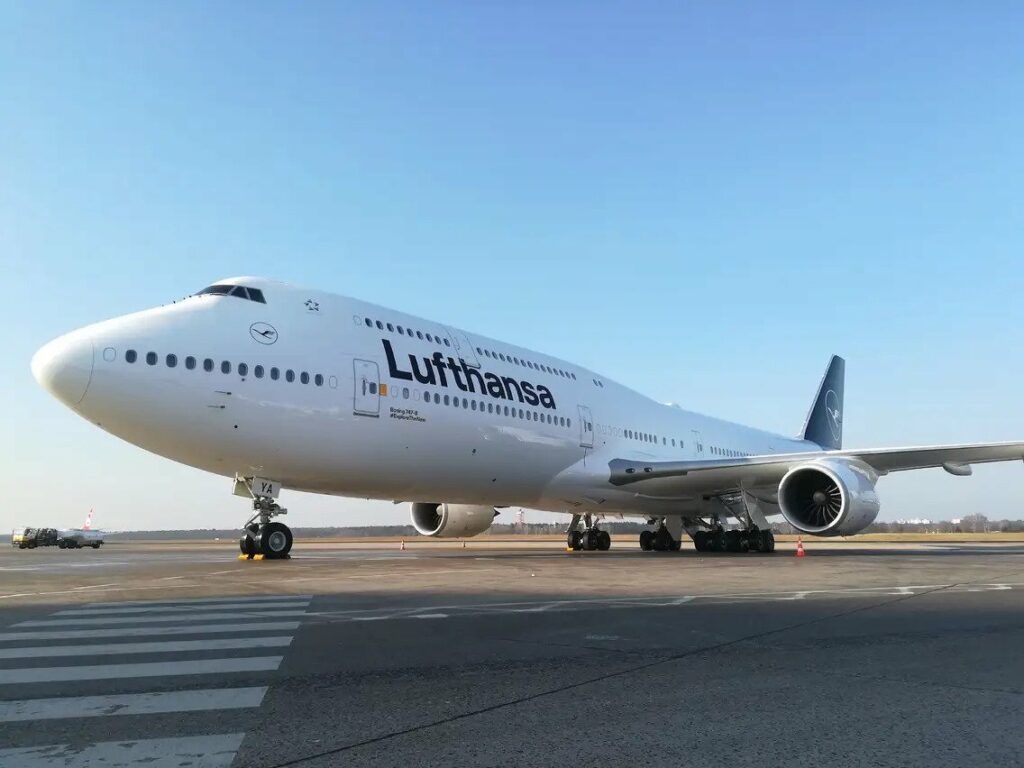
Jumbo passenger planes with two aisles and extensive cargo capacity are designed to accommodate many people on long-distance flights. Due to the burgeoning supersonic aircraft, the Boeing 747, sometimes known as the “Jumbo Jet,” was first viewed with skepticism.
Despite this, Boeing sold more than 1,554 adaptable planes that could carry either people or cargo. Its primary rival, Airbus, has a modest market share advantage. However, the A380 aircraft’s massive size has decreased its appeal to carriers, restricting its economic viability for trips away from important core hubs.
2. Piston Aircraft
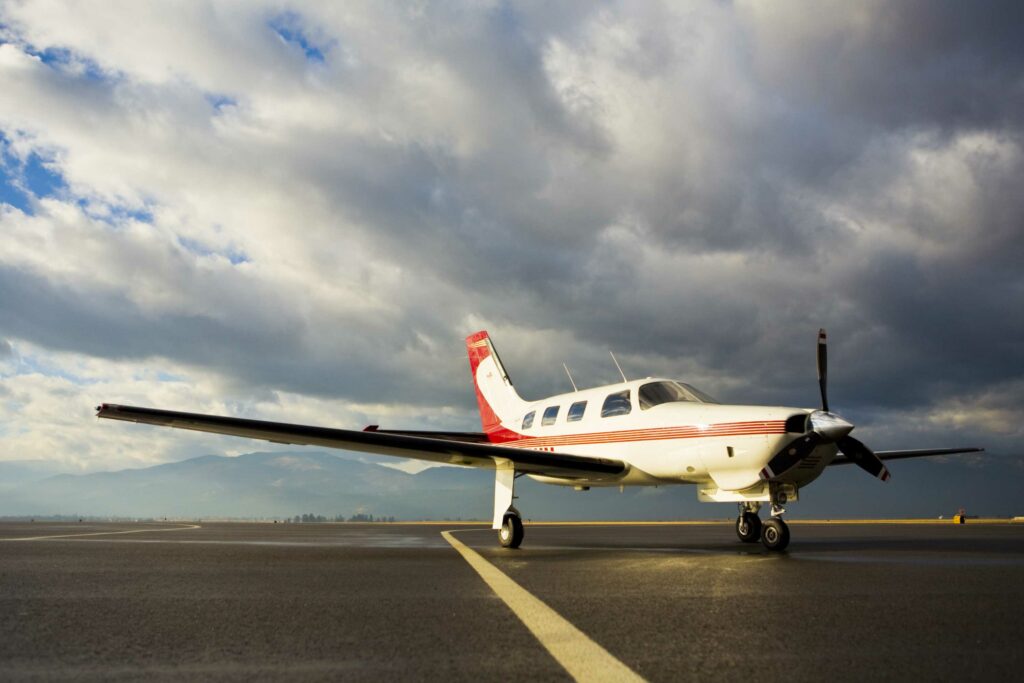
These are substantially smaller than turboprop planes yet look similar. The propellers are coupled to one extra piston-powered engine that they have. They can fly far shorter distances (300 to 400 miles) and cannot travel at the exact high altitudes (15,000 feet) as turboprop aircraft.
The conventional piston aircraft may accommodate one to six passengers in two rows. Piston aircraft can fly without large runways and navigate without traffic control towers.
3. Passenger Turboprops
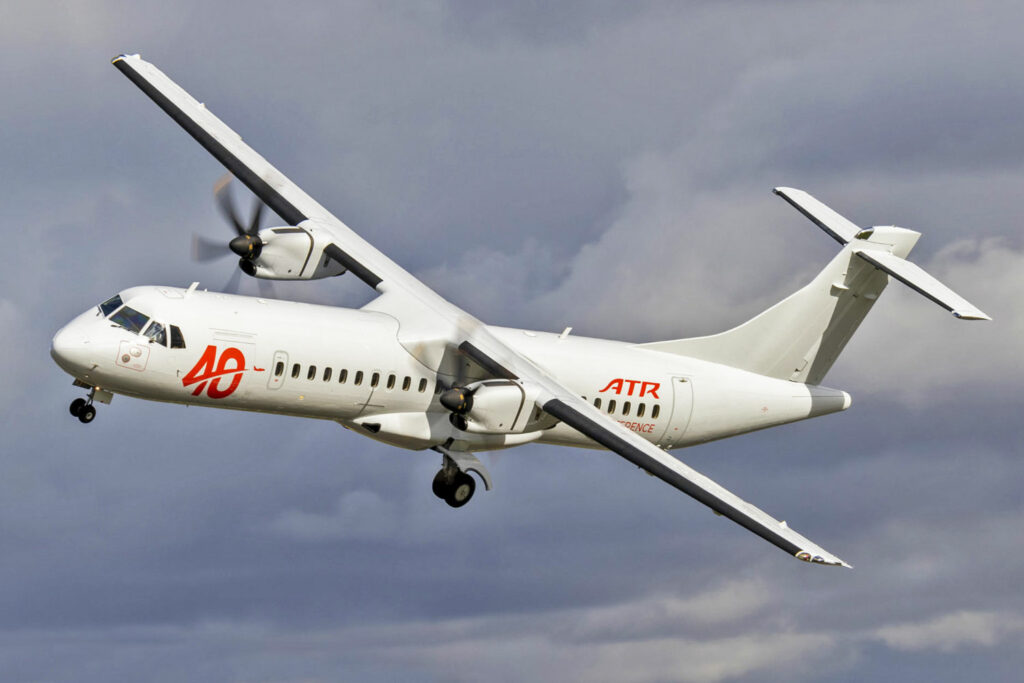
Turboprop aircraft may hold up to 70 passengers and are frequently utilized for short- to medium-distance flights. Modern engineering ensures safety, comfort, and eco-friendliness, making them a reliable and sustainable choice. Operating on shorter runways, they fulfill market demand, enabling more extensive travel options for up to 80 passengers on larger models like the Bombardier Q400.
4. Light Passenger Jets

Light passenger aircraft in the 60 to 100 seating capacity range, like the Embraer 175, offer a 1,800-mi (2896.8 km) range and cruise at 545 mph (569.7 kph). Economic airlines find these smaller planes favorable due to their efficiency.
With two groups of evenly spaced seating on each side of a central aisle, these jets are ideal for regional routes, providing profitability using less fuel. Flying from significant hubs to popular destinations like Los Angeles to Las Vegas enables owners to reap profits without dealing with stringent international flight requirements.
Related: Top 15 Fastest Private Jets: How Fast Does A Private Jet Fly
5. Commuter liners
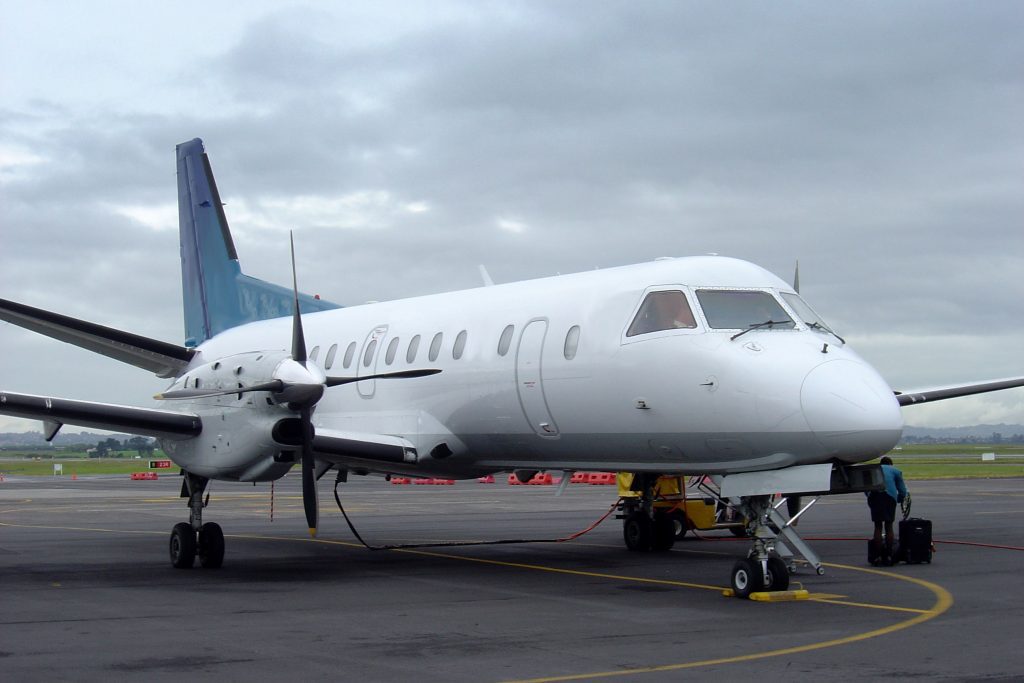
These very light aircraft are only suitable for short flights. They are commuter aircraft and may hold up to 19 passengers or less. They are also known as feeder liners and air taxis. These names vary according to the aircraft size and marketing strategy. Additionally, it depends on where they are located and how the seats are arranged.
The Beechcraft 1900 aircraft, for instance, has almost 19 seats. Only under specific conditions, such as when it is exempt from rules that apply to bigger aircraft, it is categorized as a commuter aircraft.
The Fairchild Metro, the Jetstream 31, the Embraer EMB 110, the Cessna Caravan, and the Pilatus PC-12 are more well-known commuter aircraft.
6. Search and Rescue Planes
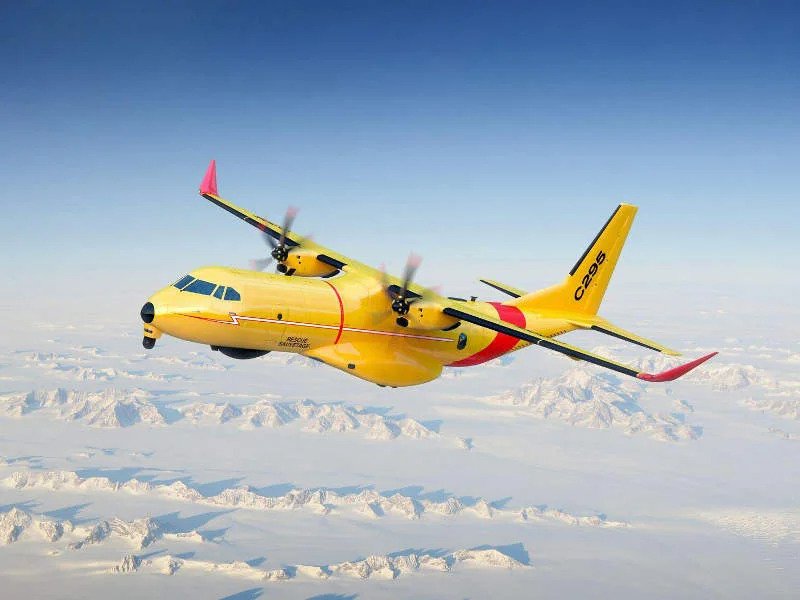
Search and rescue planes locate and assist those in need with searchlights, radar, and communication systems. The military and civilians use the four-engine turboprop Lockheed Martin C-130 Hercules for these operations. It is equipped with radar, infrared cameras, and a hoist.
The Bombardier CL-415 is a large amphibious aircraft that can fill its tanks with water using a retractable scoop, making it perfect for long-distance search and rescue operations in challenging terrains, including forests, mountains, and bodies of water.
7. Mid-Size Business Jets
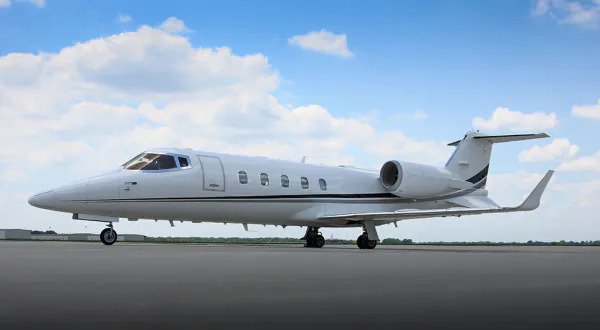
Compared to VLJs and light jets, which can hold a maximum of six passengers each, a mid-size business jet provides more comfort and can carry up to ten people. Luxuries increase as your class rises. While traveling at about 500 mph (804.6 kph), they can land on shorter runways while being built for longer transcontinental journeys.
These pressurized cabins have non-stop ranges of 2,000 to 3,000 nautical miles, making them excellent for business. Even more compelling are super mid-size planes, which can go 3,600 miles (5798.6 kilometers) at top speeds of 580 mph (933.4 kph).
8. Cargo Airplanes
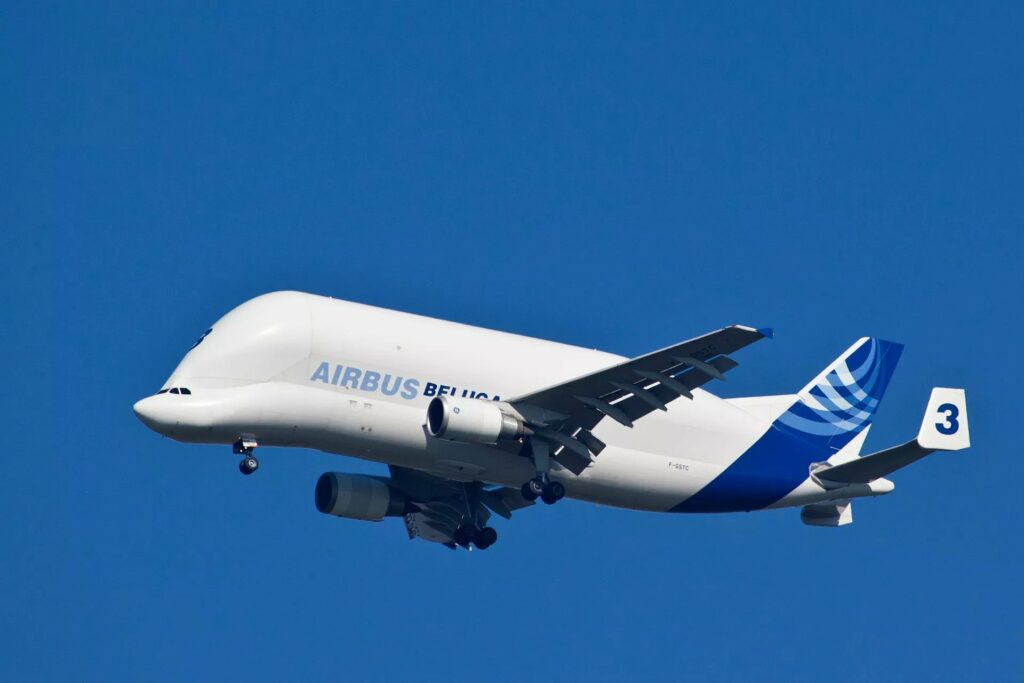
Cargo planes offer a wide range due to their conversion from various subtypes. The Boeing 747 may be converted into a cargo plane like the specialized Boeing Dreamlifter, which has the second-largest cargo capacity—up to 65,000 ft³ (1840.5 m³)—behind the Airbus Beluga XL’s 78,000 ft³ (2208.7 m³).
Despite the typical wear and tear of secondhand aircraft, Cessna manufactures small propeller-driven cargo planes that fill holes in the distribution system affordably while providing service to remote areas with short airstrips.
9. Widebody Aircraft
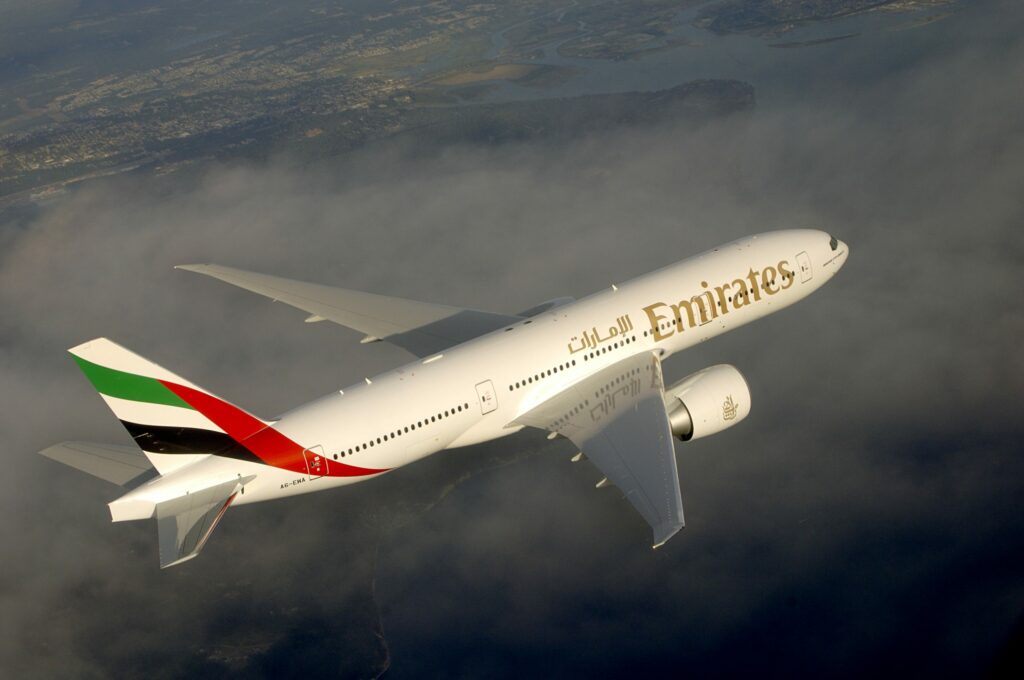
As their name suggests, widebody airliners offer significantly more space and mobility inside. The aircraft’s cabin has a diameter of around five to six meters. Most of the time, passenger flights are rather pleasant, allowing for two aisles and easy movement for all passengers. Up to eleven people can sit side by side.
A standard widebody aircraft can have a maximum seating capacity of 850 people and a minimum of 200 passengers. People may be carried on the most excellent wide-body planes, about 6 meters wide. Several amenities include flight attendants, restrooms, and cargo compartments.
10. Heavy Business Jets
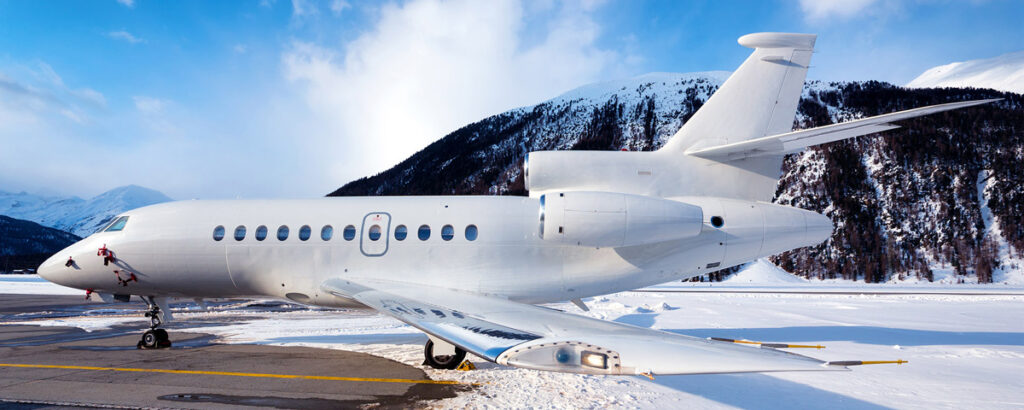
Large commercial airliner planes may be converted into abundant business jets, which can accommodate big gatherings. They go over 6,000 mi (9656.06 km) in 6 to 8 hours while comfortably accommodating 10 to 18 guests.
One such modified aircraft, the Boeing 747-8 VIP, has roomy interiors where businesses may set up offices and operating divisions, increasing productivity on protracted business trips with a focus on luxury and comfort.
11. Military Jets
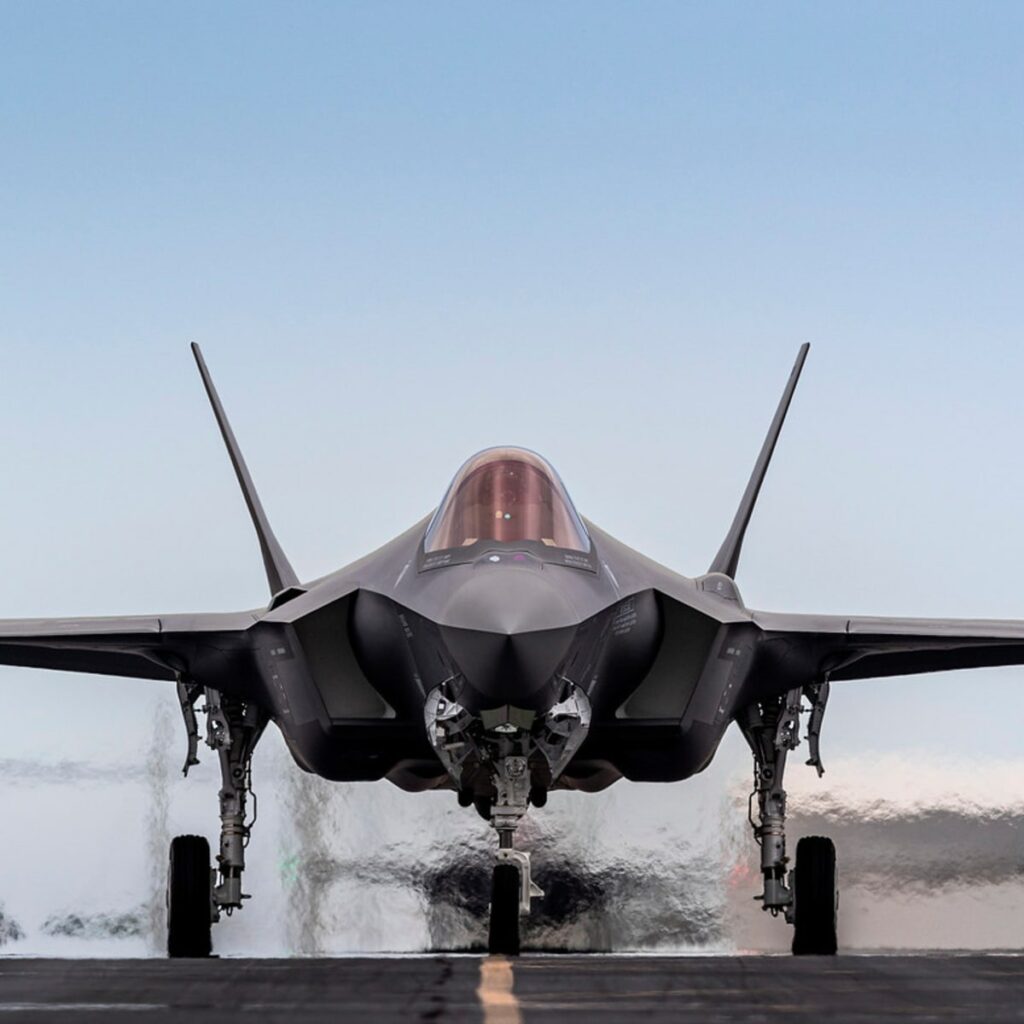
Military jets are among the highest-performing aircraft on the market, even if it would be illegal for you to possess a fully equipped F-18 Hornet. Most military aircraft are supersonic fighters carrying out covert missions to bomb strategic targets or engage with enemy forces. The development of these planes cost billions of dollars. They are sent out from naval vessels and air force bases.
Watching them use a cable to hook down on the carrier’s small airstrip is incredible. The majority can refuel in the air without touching down as well. Like birds migrating in V-shaped formations, a single jet often leads these flights. American fighter planes are famed for their acrobatic skill in maneuvering and rolling.
12. Twin Turboprops
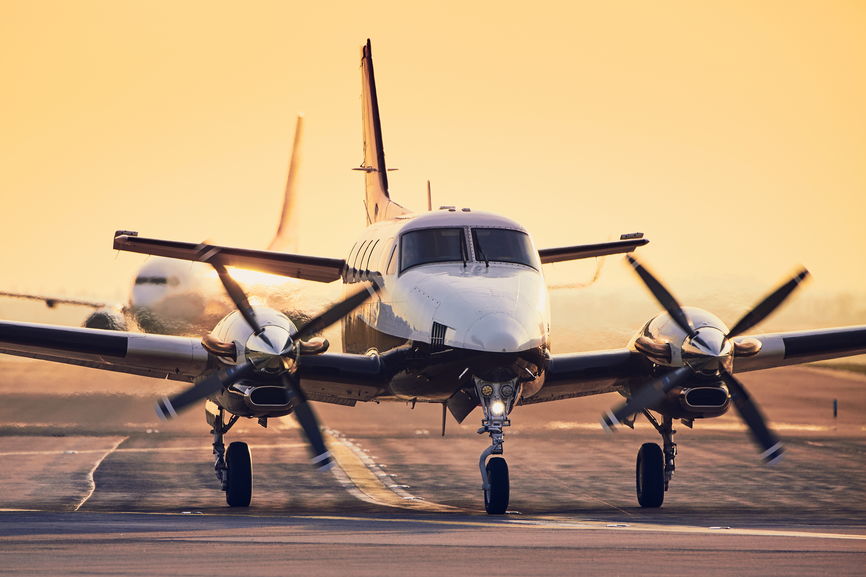
Compared to tiny jets, turboprops have more capacity and are more cost-effective. They benefit from using grass or makeshift runways and can take off and land vertically without stalling. A single pilot operates most twin-turboprop aircraft.
In contrast to jet engines, turboprops employ a variable-pitch propeller driven by a shaft rather than exhaust gases. Propeller efficiency decreases with increasing speed, rendering them ineffective for supersonic flight.
13. Military Turboprops
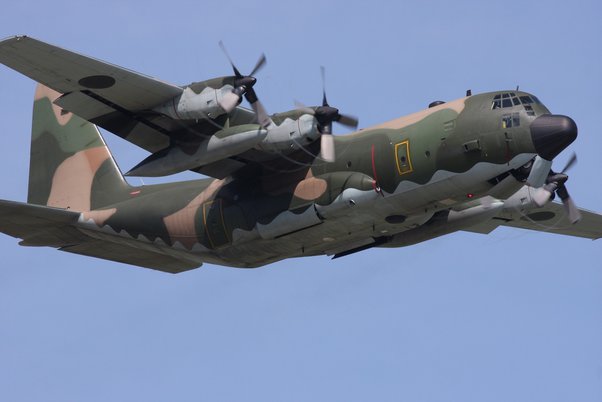
Turboprops are still preferred over jets in light-duty fighter applications because of their fuel economy and lower cost. The Embraer Super Tucano can carry 3,300 lbs. (1496.8 kg). Turboprops help the military’s tight budget.
Current engineering makes military turboprops as dangerous as jet fighters. Turboprop engines push harder than jet engines. Most combat operations and supply shipments don’t require Mach speeds. Most missions need low-altitude combat fighters.
14. Mid-Size Passenger Jets
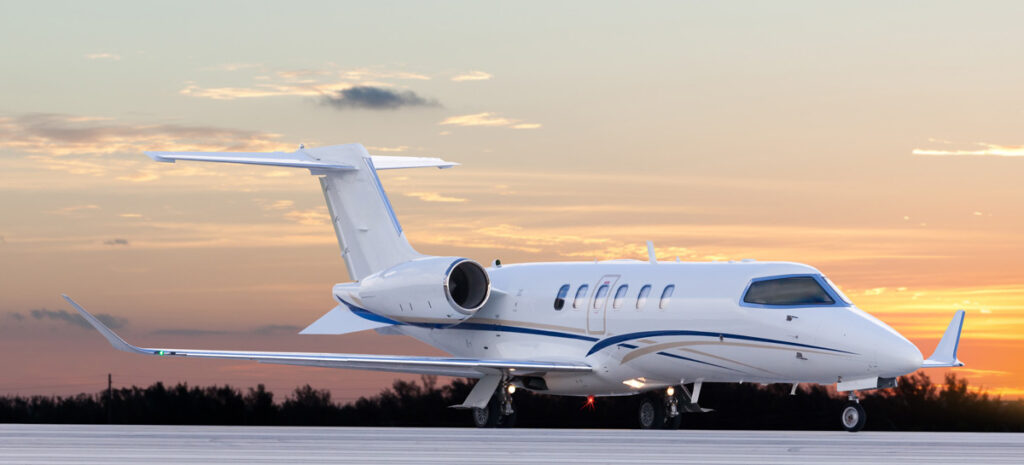
Despite having thinner bodies than the Boeing 747 and being unable to accommodate as many people (more than 350), mid-size passenger planes like the Airbus 350-1000 can nonetheless travel long distances. The Airbus A380 outperforms this, seating 853 people in a single class.
The Boeing 737’s more excellent transcontinental range of 3,000 nautical miles adds to its desirability. Due to their cost-effectiveness and versatility, which helps protect against market swings, these mid-size commercial planes offer enhanced profitability on seasonal and shorter routes.
15. Firefighting Planes
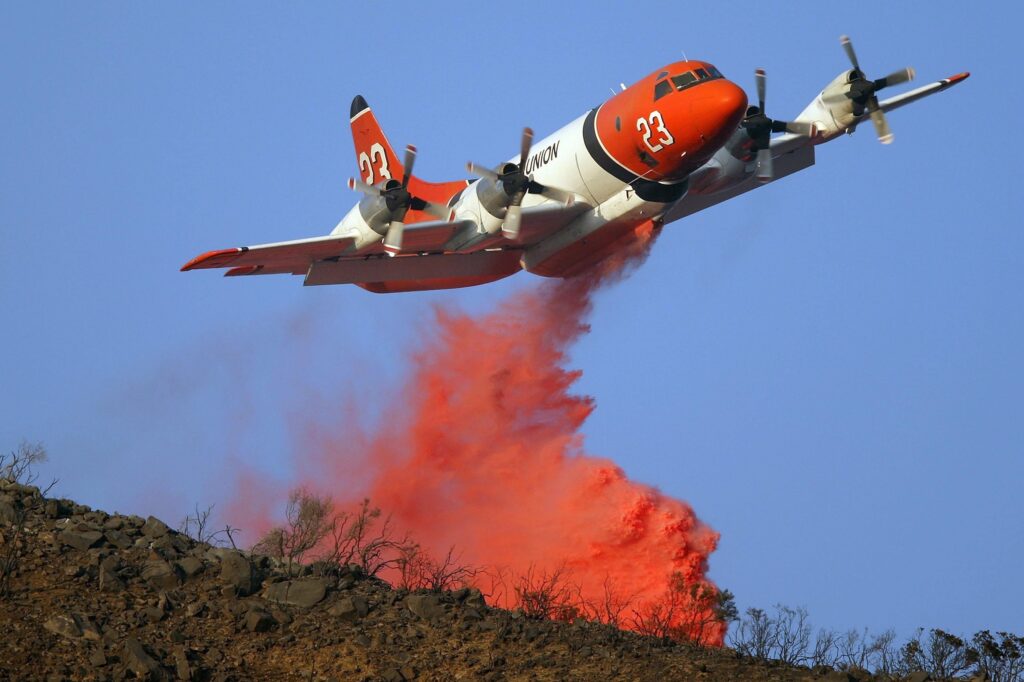
To combat and contain wildfires, aerial firefighting aircraft are essential. They can quickly deliver supplies to the flames since they are outfitted with tanks and pumps for water or fire retardants.
Examples include the Bombardier CL-415, which has a retractable water scoop for replenishing from lakes and rivers, and the Lockheed Martin P-3 Orion, which can carry up to 3,000 gallons (11356.24 liters). These aircraft are essential for fast accessing difficult fire zones and adjusting to shifting circumstances in various settings, including cities, meadows, and woodlands.
16. Concorde

Without a doubt, this is one of history’s most recognizable aircraft. It was renowned for its speed, the noise it created as it passed over cities and towns, its recognizable pointed nose shape, and the opulence and luxury it represented. But because of its inefficiency and the loud noise it made when it flew over towns, it is no longer in use.
It was created by the British-French airliner Concorde and used to fly between 1976 and 2003. It could go up to 1,354 mph (2179.05 kph), which is double the speed of sound, and hold between 92 and 128 people at once. It is one of the two aircraft—the other being the Tupolev Tu-144—to have done so. Small entrepreneurs and even NASA are exploring towards bringing the Concorde back, so it could soon be available again.
17. Light Business Jets
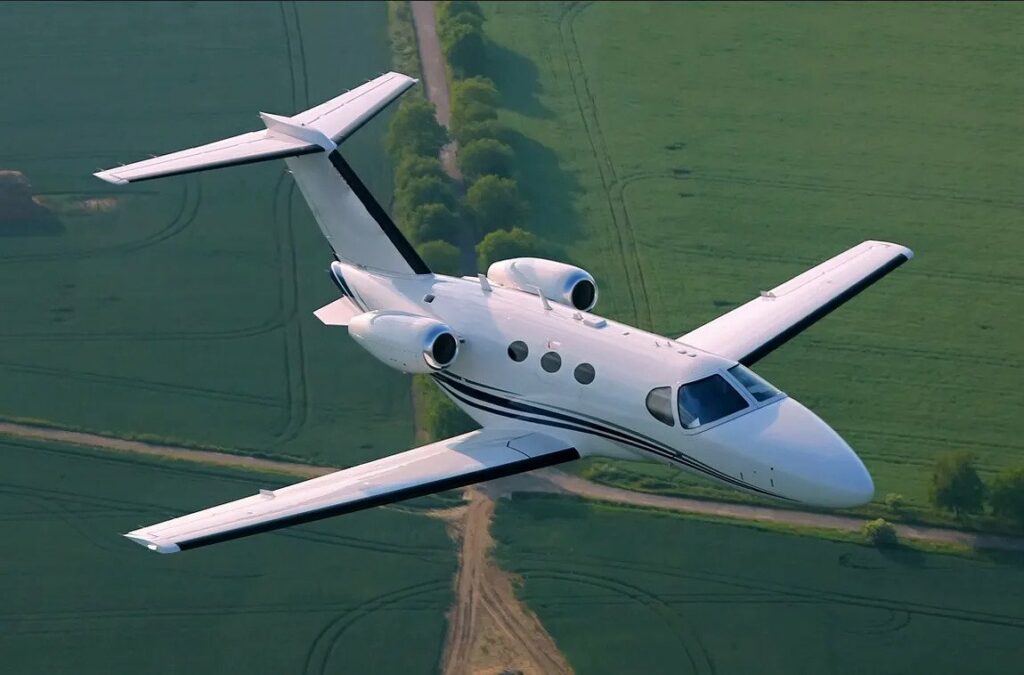
Some light business planes may fly 2,400 nautical miles or more across the continent. The maximum takeoff weight for a light business jet is 20,000 lbs (9071.8 kg), as opposed to barely half that for extremely light planes. Light business aircraft can also cruise around 500 mph (804.6 kph). They are, therefore, comparable to bigger commercial planes but are better suited for private travel.
These planes have more excellent space than VLJs and a lavatory. They have all the technology needed for online meetings while flying. Satellite phones, Wi-Fi, and XM radio are onboard. Cabin pressure is also rare in smaller planes. Cabin pressurization maintains oxygen levels at higher altitudes.
Related: How Fast Do Planes Fly? | All Plane Types (Takeoff, Landing)
18. Narrow Body Aircraft
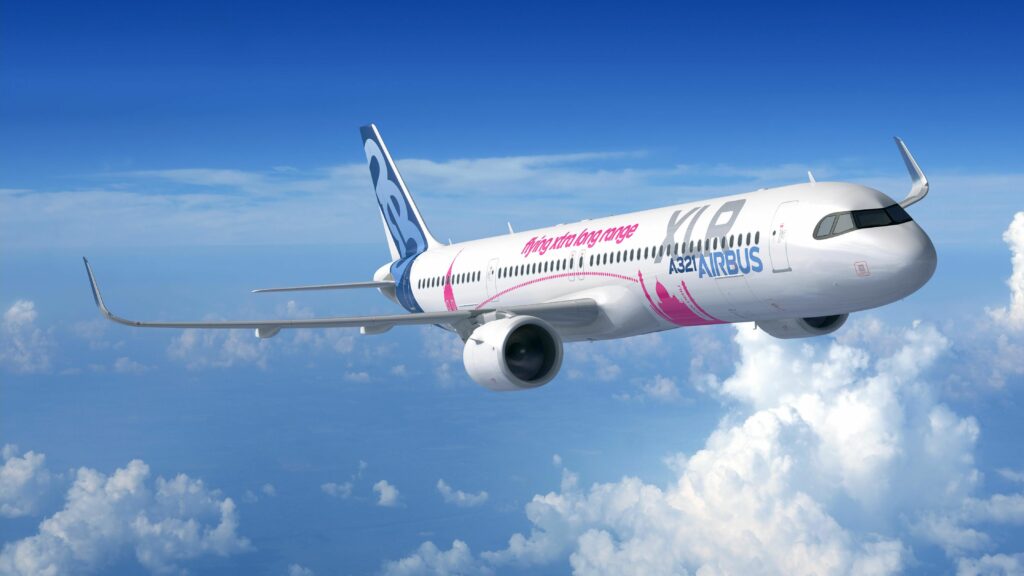
Having a cabin with a diameter of around three to four meters, narrow-body aircraft are sometimes called single-aisle aircraft since they sit in a single row. This permits seated for up to 6 people at once or for only two people.
295 people may be accommodated at the maximum capacity. Only the Boeing 757-300 exhibits this. In a narrow-body aircraft, the size of the fuselage enables passengers to stand and move around, although not very independently. Additionally, there is space for restrooms and staff members who will look after the passengers.
Many executive airlines fly on small aircraft with plush cabins, such as the Airbus 318 and the Airbus 319.
19. Air Ambulance Planes
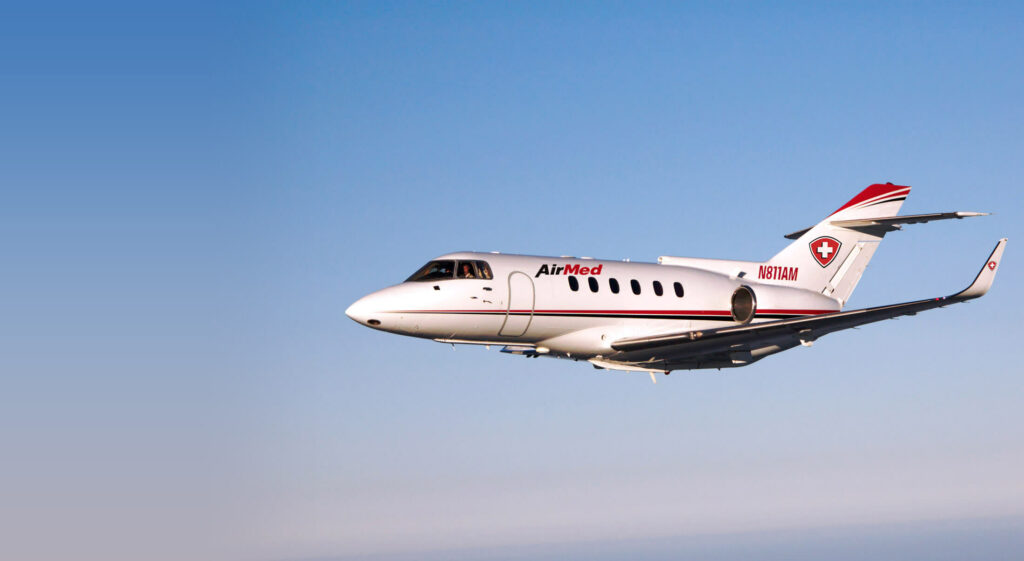
Air ambulances transport patients to medical facilities or other locations where they can receive care. These aircraft often have specialized medical gear and trained medical pressboard, including physicians, nurses, and paramedics. Pilatus PC-12 air ambulances. Air ambulances often use this single-engine turboprop. The PC-12 has a ventilator, defibrillator, and oxygen tanks for one patient and two medical staff.
Air ambulances transfer victims of accidents, natural disasters, and medical crises to hospitals. Compared to ground-based ambulances, they can reach patients in remote or difficult-to-reach regions, give medical care and other support while carrying them, and respond quickly to patient needs.
20. Spaceplanes

A spaceplane is a form of aircraft that can travel both through Earth’s atmosphere and into space. Typically, spaceplanes are launched into orbit atop a rocket. They may land on a runway like an airplane when returning to Earth.
An illustration of a spaceplane is the Space Shuttle. It is a NASA-built, reusable spacecraft for various tasks, including launching satellites and constructing and maintaining the International Space Station. On top of a rocket, the orbiting Shuttle was launched into orbit and made an airplane-like runway landing.
Another sort of spaceplane is the X-37B. The American Air Force created and controlled this reusable spaceship. The X-37B can return to Earth and land on a runway like a conventional jet after being launched into space by a rocket.
21. Private Single Engine
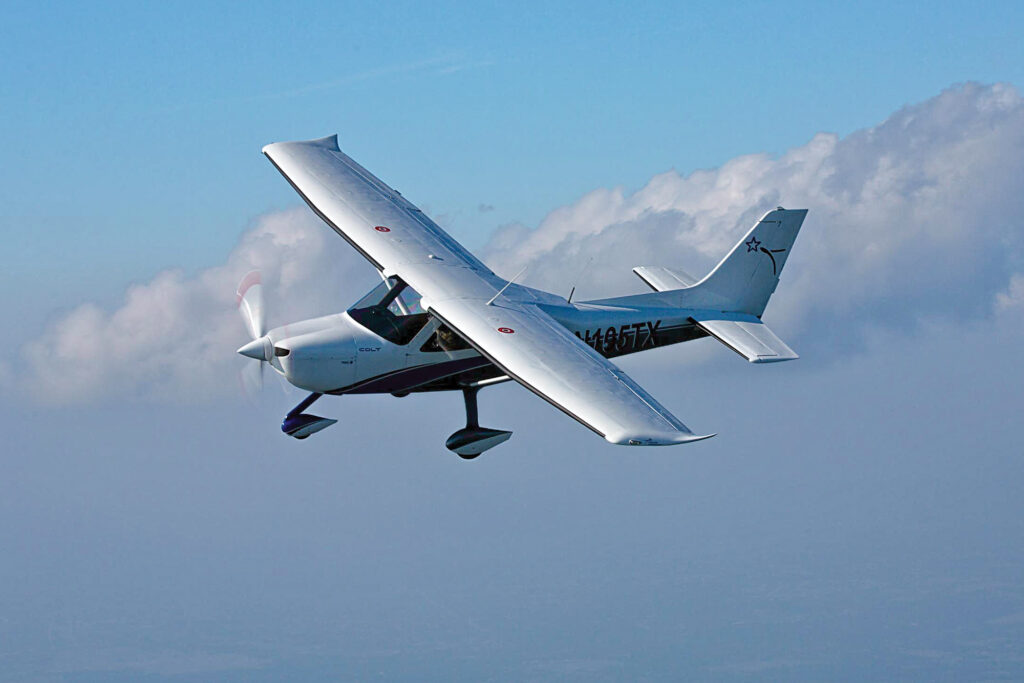
Contrary to what you might believe, contemporary jet engines are not a replacement for the propeller-driven engine. Still, propeller-driven aircraft make up over 27% of all flights. This is due to the one- to two-hour length of more than 80% of domestic flights inside the United States. Why end up boarding a jet when you can go to even the most isolated location in a small, private propeller plane?
Private propeller aircraft are ubiquitous in rural parts of the nation, like Alaska. There isn’t any other way to get around outside of a dog sled in many parts of Alaska. Distances between 100 and 500 miles are appropriate for a single-engine propeller aircraft. You’ll likely need a turboprop engine with a maximum range of 1,200 mi (1931.213 km) to fly more than that.
FAQ’s
How does a commercial aircraft maintain flight?
Commercial aircraft maintain their altitude according to the laws of aerodynamics. Air flowing over the wings as the plane goes forward creates lift, which fights gravity and keeps the airplane in the air.
What is a commercial airliner’s typical cruising speed?
A commercial airplane typically flies at a cruising speed of 550 to 600 miles per hour (880 to 965 kilometers per hour). However, depending on the particular aircraft, this speed may change.
What constitutes a typical airplane’s main parts?
The fuselage (primary body), wings, horizontal and vertical stabilizers, engines, landing gear, and control surfaces like ailerons, elevators, and rudders are just a few of the essential parts of a typical airplane.
Conclusion
A wide variety of aircraft, each created for a specific purpose and showing a synthesis of engineering and technology, are available in aviation. This article discusses well-known and unique aircraft types for enthusiasts and prospective pilots.

